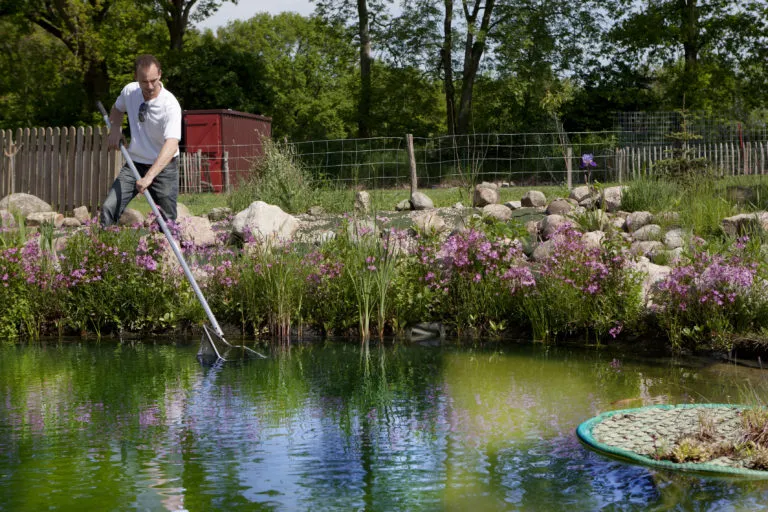Building a Garden Pond
A pond can be a real gem, enriching any garden and bringing a great deal of joy! However, anyone dreaming of a garden pond should be sure to plan correctly from the very start, so as not to be overwhelmed by the amount of work needed later on.
